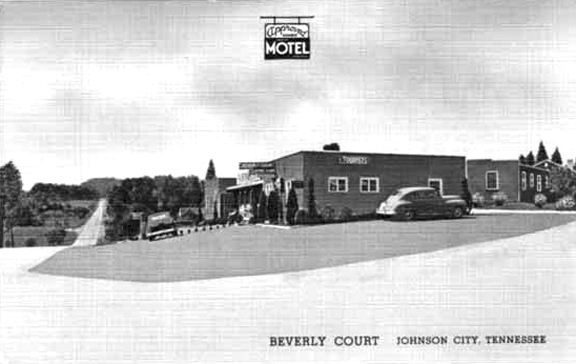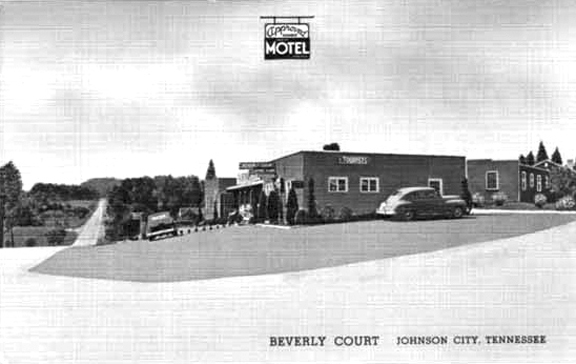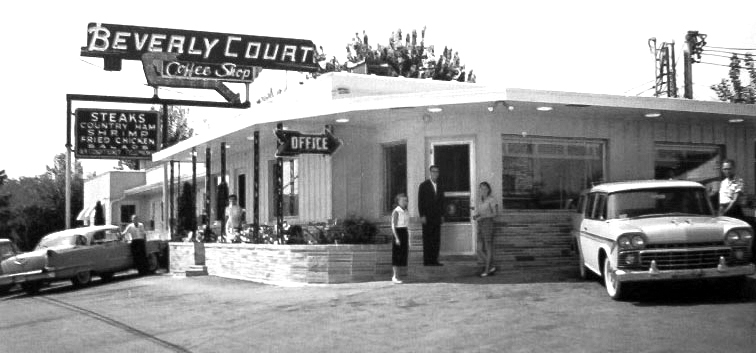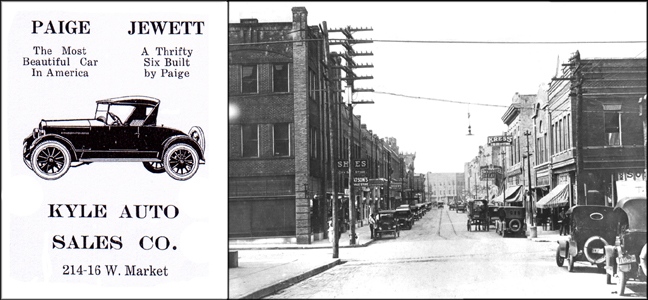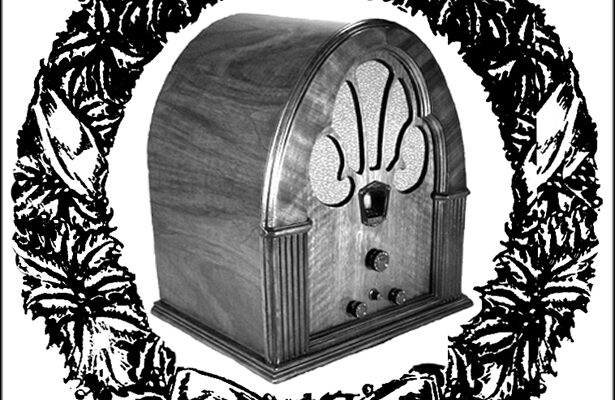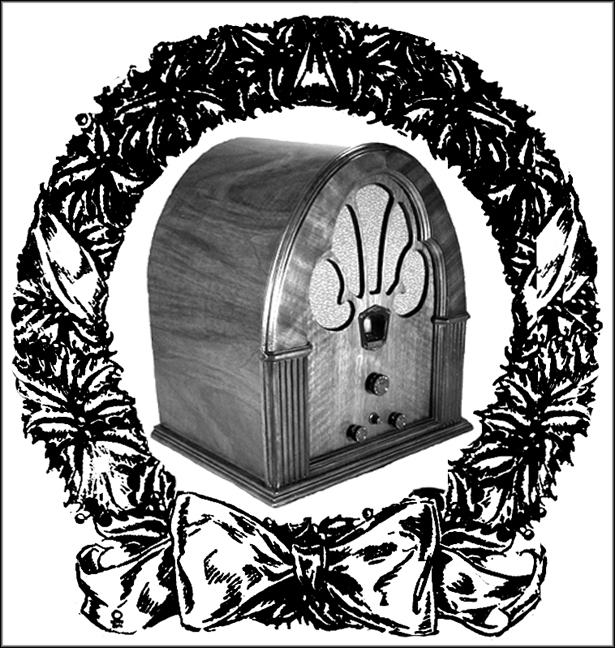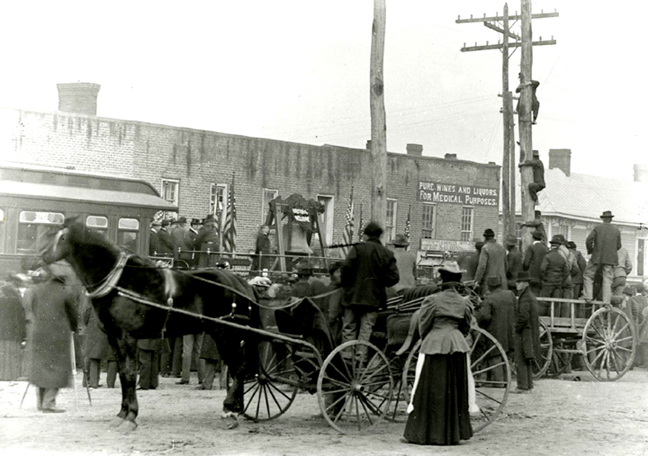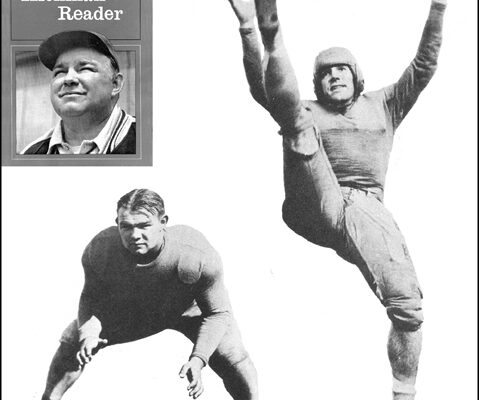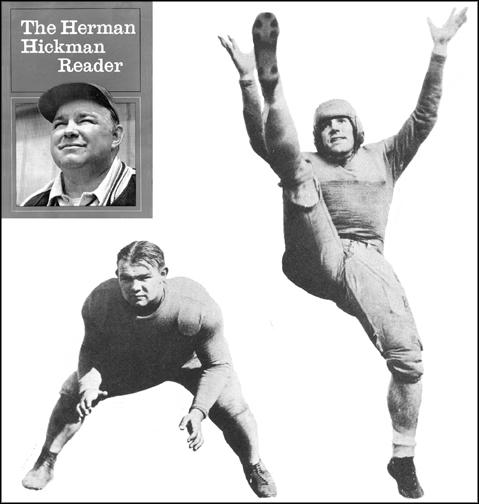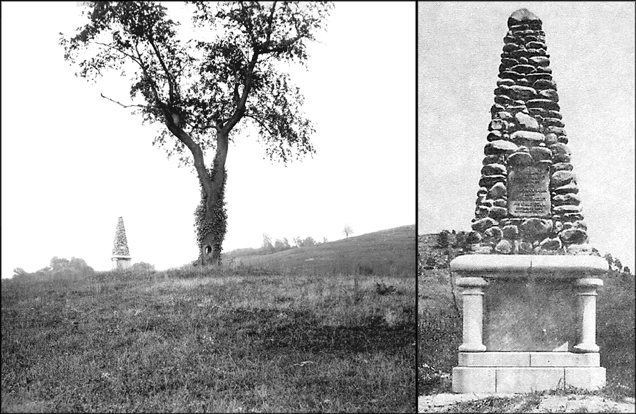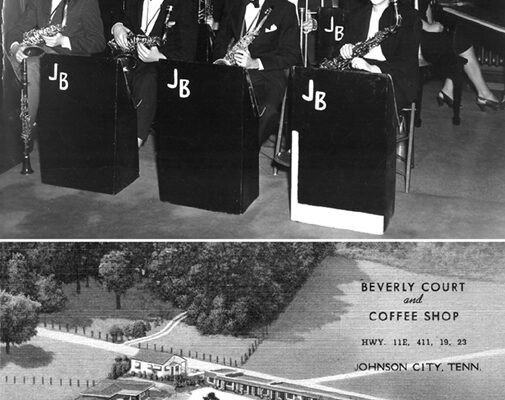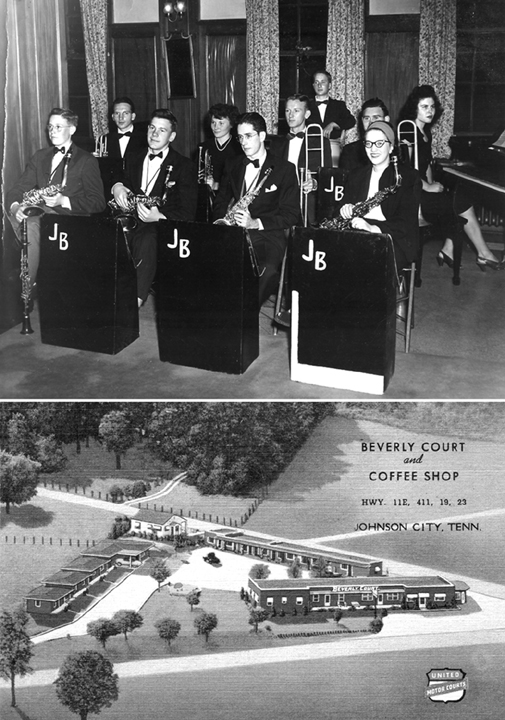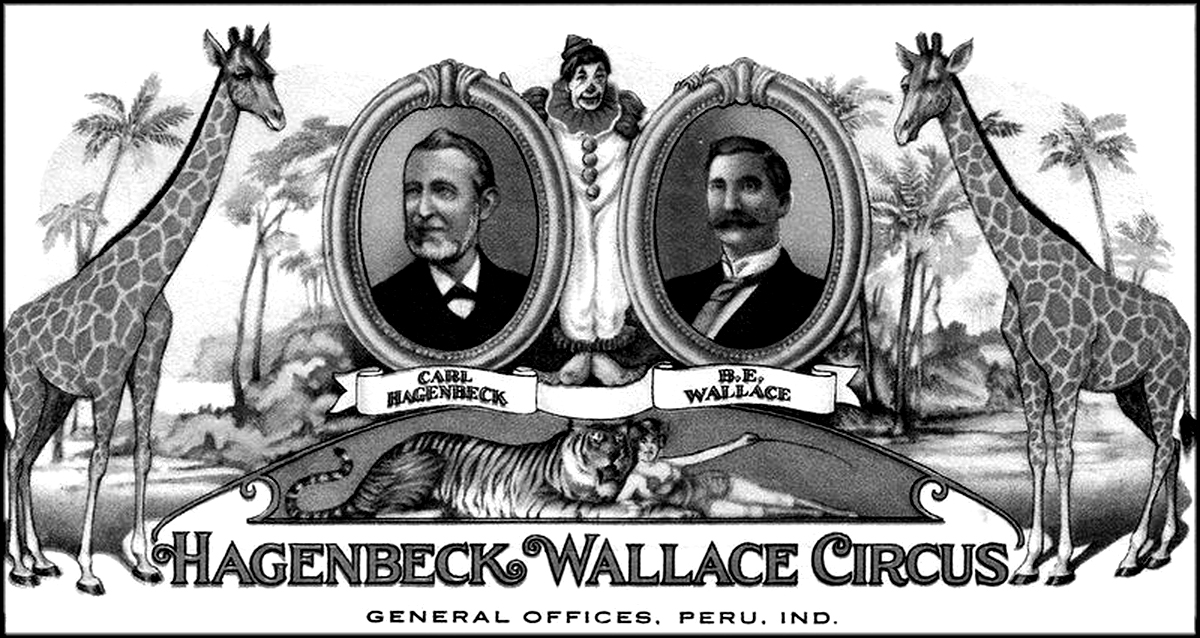I have been a big fan of University of Tennessee football for 46 years, attending at least one game at Neyland Stadium most of that time either as student or alumni. In the spring of 2011, my wife and I reluctantly did not renew our two Section O, Row 51 season tickets.
In spite of this, I firmly believe that even with high definition flat screen television, there is no comparison to savoring the exhilaration of the crowd at the game, something TV cannot offer.

Today’s column is a look back at almost a half-century of “Football Time in Tennessee” memories that produce a lump in my throat when I think about them. Hang on:
Attending games with our close friends, Allen and Charlotte Stafford; enjoying pre-game entertainment on Cumberland Avenue; eating an open-fire grilled hamburger at Gus Campus’s Varsity Inn; occasionally eating uptown at the S&W Cafeteria before it closed in 1981; enjoying the view of boaters as they navigate the Tennessee River to the stadium; munching on rare big orange-flavored moon pies that were handed out to the crowd; …
Getting excited over 32-year-old Doug Dickey as he takes the reigns as head coach of the Vols; admiring other favorite head coaches: Bill Battle, Johnny Majors, Phil Fulmer; and Derek Dooley; recalling such outstanding quarterbacks as Dewey “Swamp Rat” Warren, Bobby Scott, Condredge Holloway, Jimmy Streater, Heath Shuler, Peyton Manning, Tee Martin and Casey Clausen to name a few; …
Observing Alabama’s quarterback, Joe Namath, in 1964 as he concludes his final collegiate year; beating the Crimson Tide in 1982 just a couple months before Coach Bryant’s untimely death; cheering as the goal posts collapse after beating a heavily favored opponent; watching the stadium grow to 108,000 seats and then lose some of it due to modernization; hearing a hot dog vendor selling his product by yelling, “yummy, yummy, yummy, for your tummy, tummy, tummy”; seeing Colonel Sanders make a surprise visit …
Riding a trolley car to watch Tennessee beat Air Force at the 1971 Tulane Stadium Sugar Bowl; attending several Citrus Bowl games in Orlando; singing “Rocky Top” a zillion times; cheering as the players, coaches, cheerleaders and Smokey charge through the band formed “T”; seeing a new Smokey occasionally take over the leash; …
Enjoying a Tennessee Walking Horse’s majestic four-beat “running walk” around the field before a game; hearing a cannon being fired from a grassy knoll on “The Hill” after each touchdown and field goal score; later enjoying the same ritual from fireworks positioned across the Tennessee River; carrying a battery powered radio to the game to tap into John Ward and Bill Anderson’s outstanding play-by-play and commentary of the games; …
Looking to the skies waiting for military planes to fly formations over the stadium; gazing skyward while paratroopers jump onto Shields-Watkins field; participating in the “wave” as it flows like a river around the stadium; hearing my favorite cheer, “T, E, Double N, E, Double S, Double E, Tennessee”; getting soaked to the bone numerous times by downpours in the stadium; attending frigid games dressed warmly to support my favorite orange and white team; …
Seeing the field transition from natural sod to artificial turf and back to grass; listening to George Bitzas electrifying the crowd with his incredible vocal rendition of the “Star Spangled Banner”; enjoying halftime shows with such entertainers as Charlie Daniels, Lee Greenwood, John Denver and the Osborne Brothers; applauding Dr. Julian’s “Pride of the Southland Band” as it performs “circle drills”; seeing former players and coaches introduced at halftime …
Going to the Smokies after a fall game to enjoy the colors; fighting the crowd to get away from the stadium; observing game officials being quickly escorted away from the campus in a police cruiser; battling traffic to get on the Interstate and, if that wasn’t enough, listening to the post game call-in radio show during the drive home.
This and much more was truly … “Football Time in Tennessee.” I will miss it.

